Urinary tract infections (UTIs) are something that affects all ages and both men and women. While the reason behind them may change with the circumstances and the individual, we all have a urinary tract, and as a connection between the outside and the inside of the human body, it is partial to infections in the “right” kind of environment. Using a catheter, especially an intermittent catheter or an indwelling catheter, can increase the chances for a UTI (in this case, called a catheter associated urinary tract infection, or CAUTI).
A bladder infection is a urinary tract infection, but a urinary tract infection may not be a bladder infection. The urinary tract consists of kidneys, which is where urine is created from the waste and extra water that is filtered out of the bloodstream; ureters, which are the tubes that conduct the urine from the kidneys to the bladder; the bladder, where urine is stored before emptying can occur; and the urethra, which is a tube that takes the urine from the bladder to outside the body.
An infection can take hold in any of these parts of the body. The most dangerous is a kidney infection, which can become serious and life-threatening. Women are more prone to UTIs because their urethra is shorter than in men, so it’s easier for bacteria to find its way from the outside of the body through the urethra into the bladder, where it can become an infection.
Check out these links to learn more about UTIs, the different types, how they’re acquired and how to prevent them:
- Understanding Urinary Tract Infections
- Urinary Tract Infection (UTI): Symptoms, Prevention and Care
- Recorded Webinar: Preventing and Managing Urinary Tract Infections in Seniors
- CAUTI Infographic: Catheter Associated Urinary Tract Infection
- Preventing Catheter Associated UTIs (CAUTI) Webinar Video/Slides









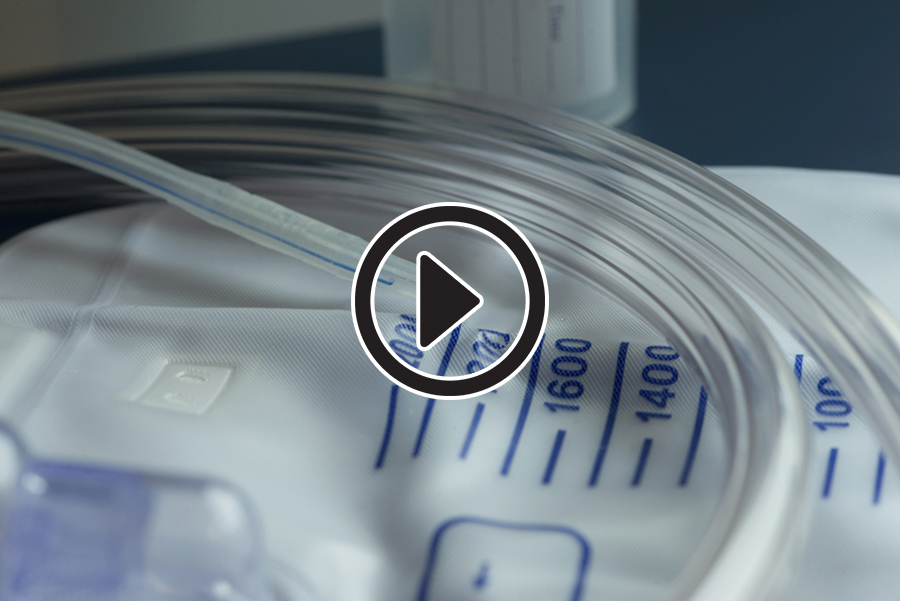
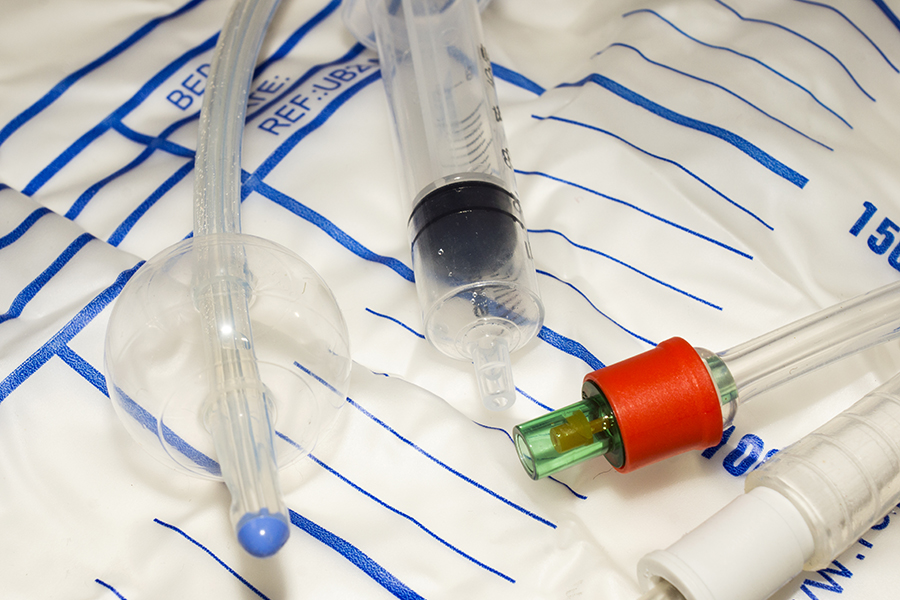




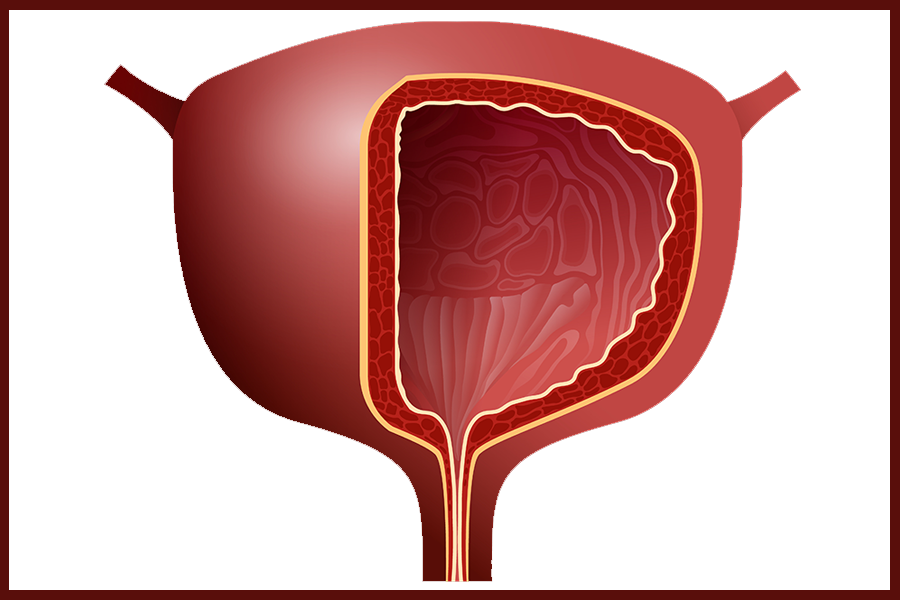

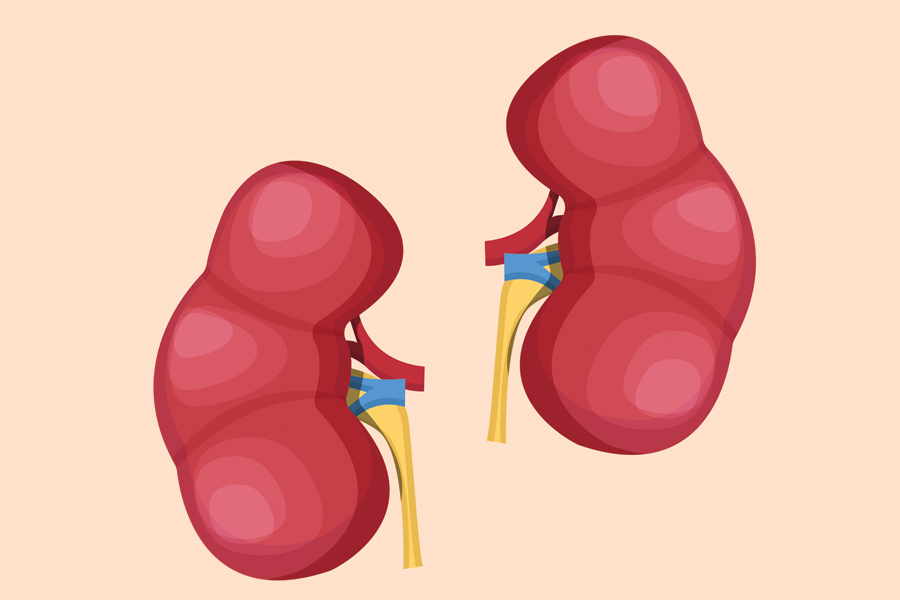



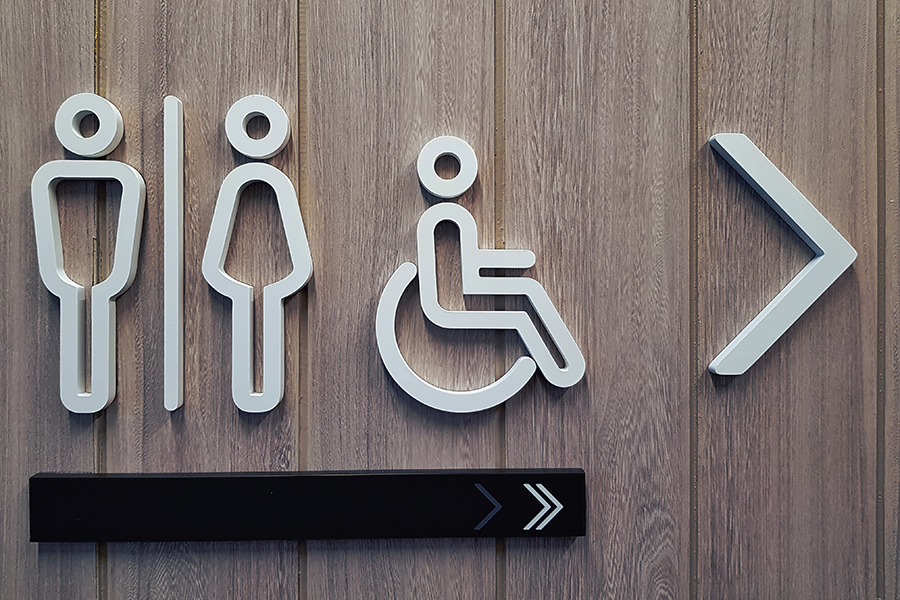
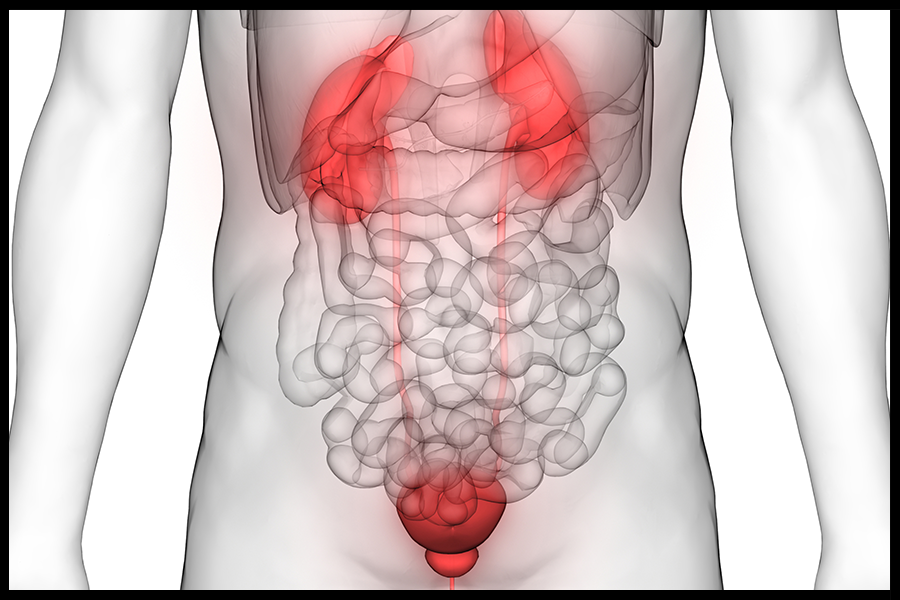
what are things we can do for a UTI
is there something I can do or use for my bladder that I can’t hold
what should I do about overactive bladder overnight
is the overnight pull-ups available
what can I do for overnight
Hi Tuesday –
There are some UTI tips here: Avoiding UTIs and here: Bladder Health
Here is some information on overnight incontinence
You can certainly get overnight pull-ups, please feel free to call us on 800.765.8775 for any more advice!